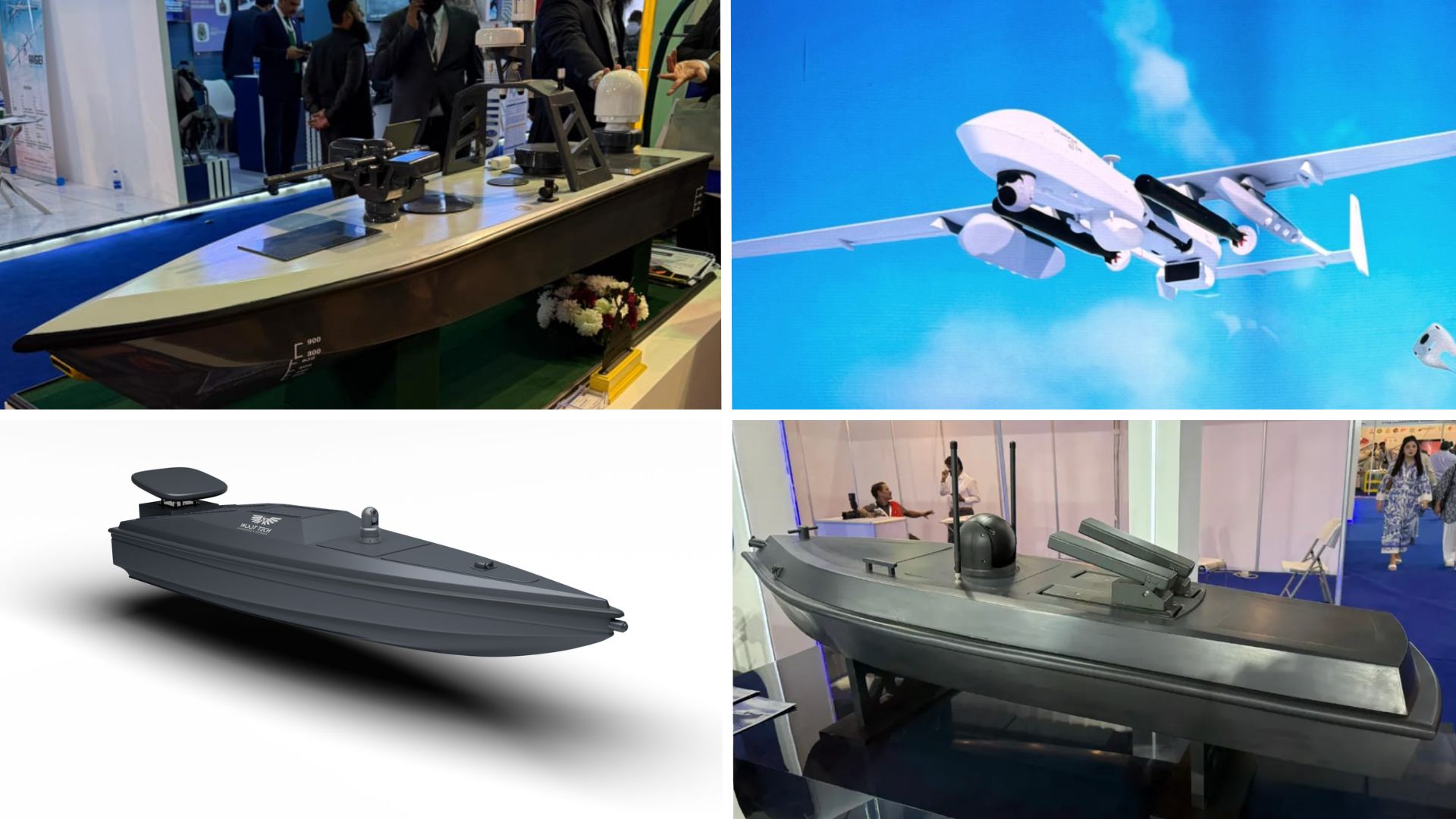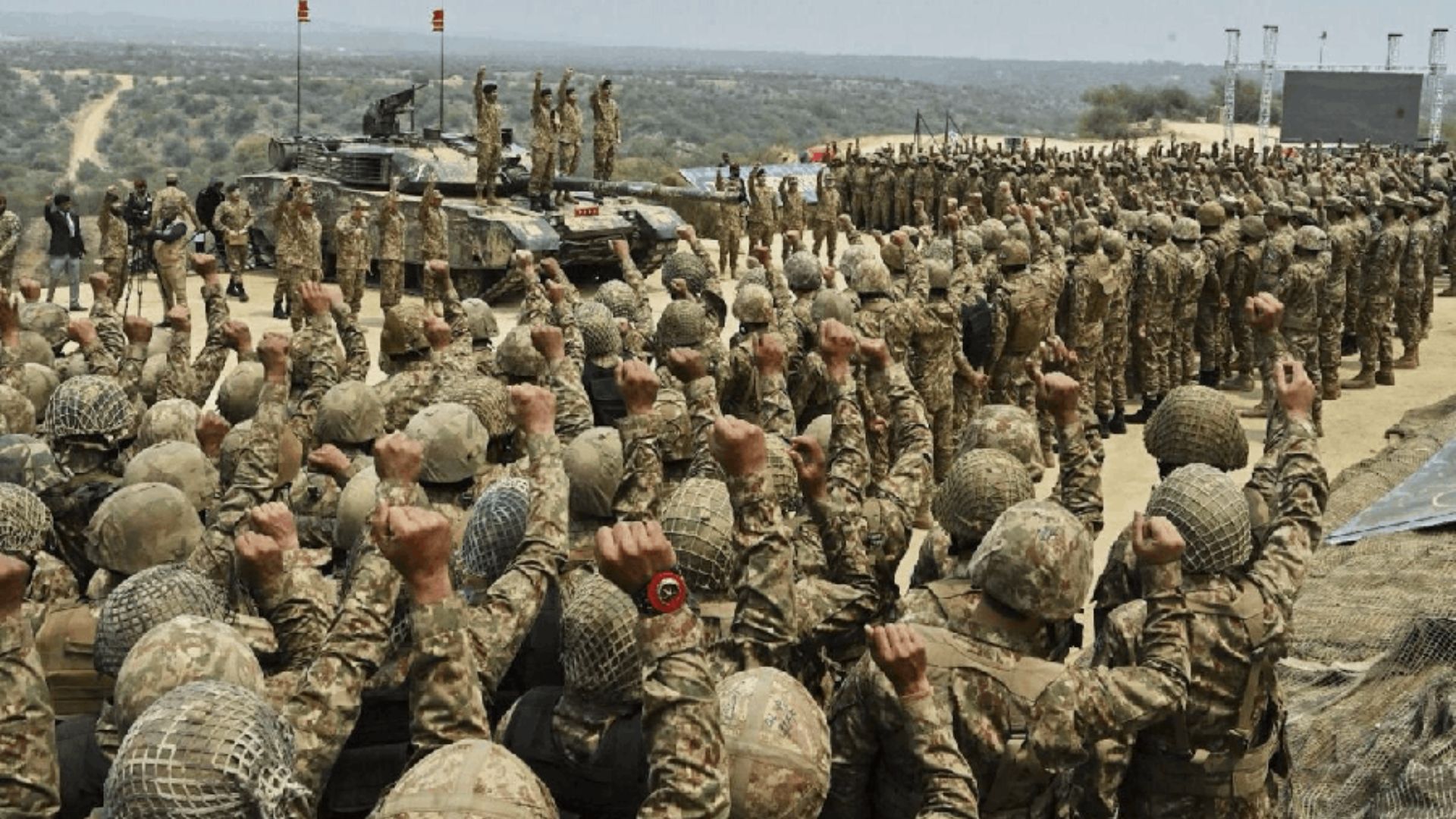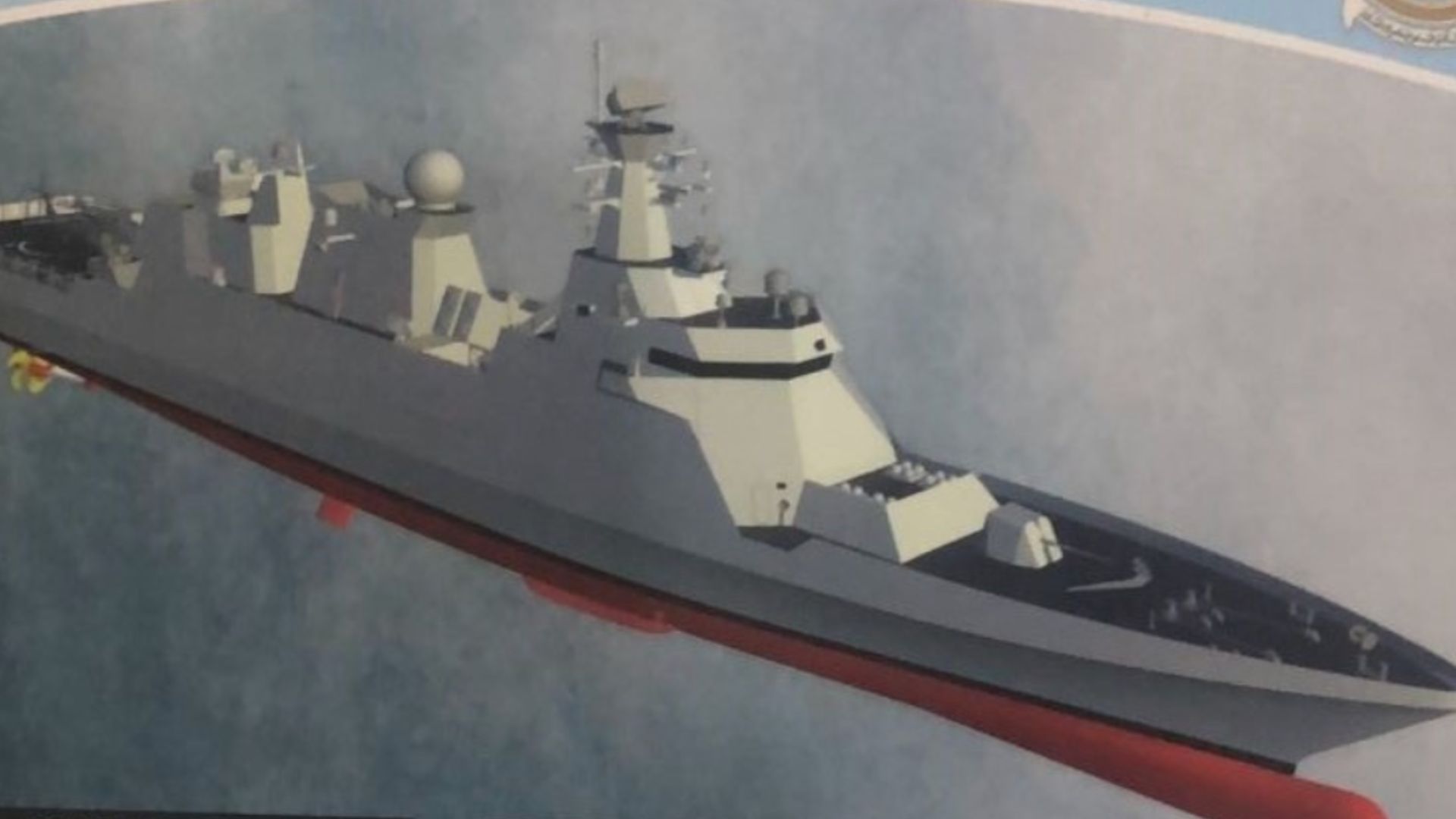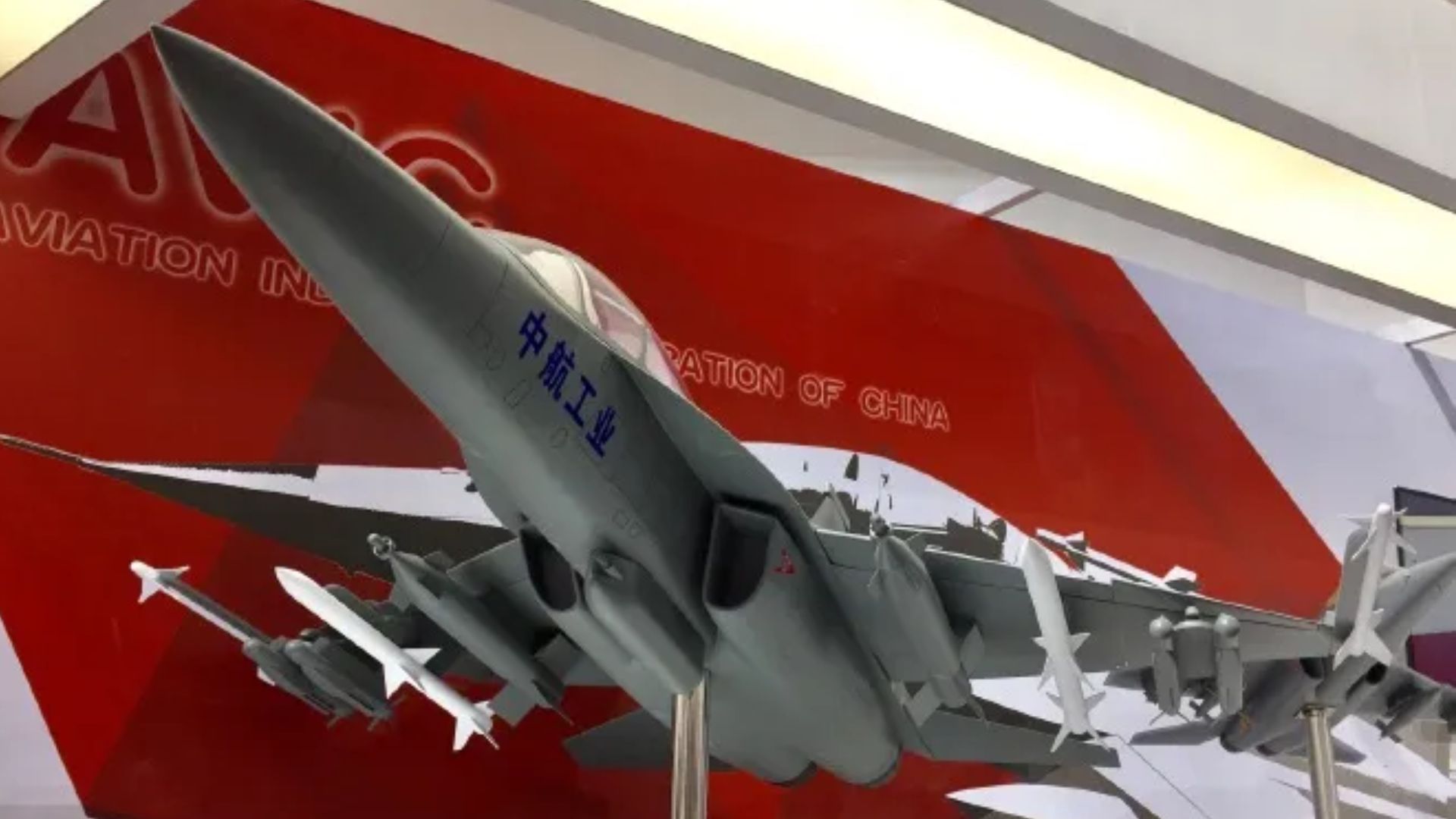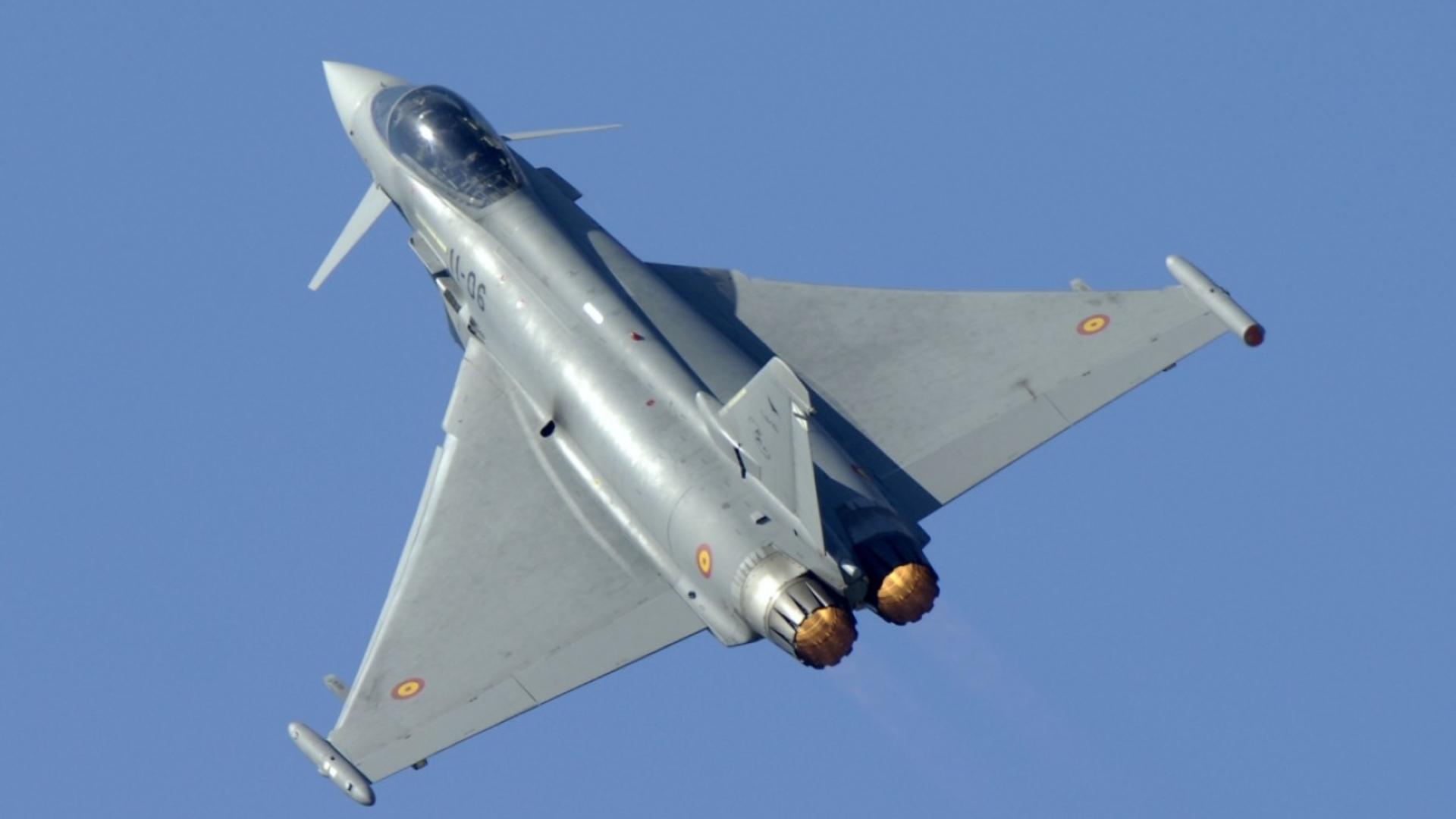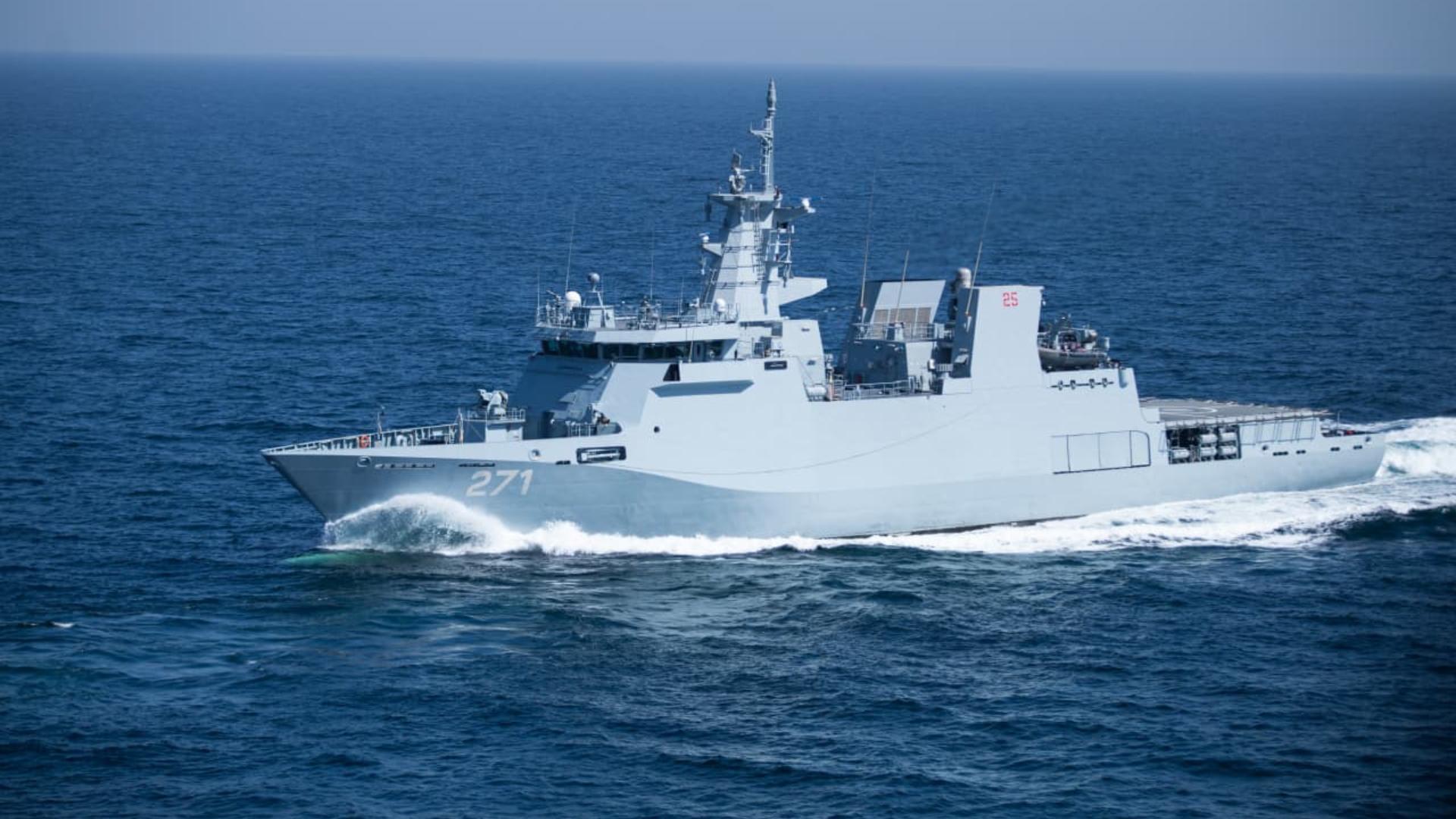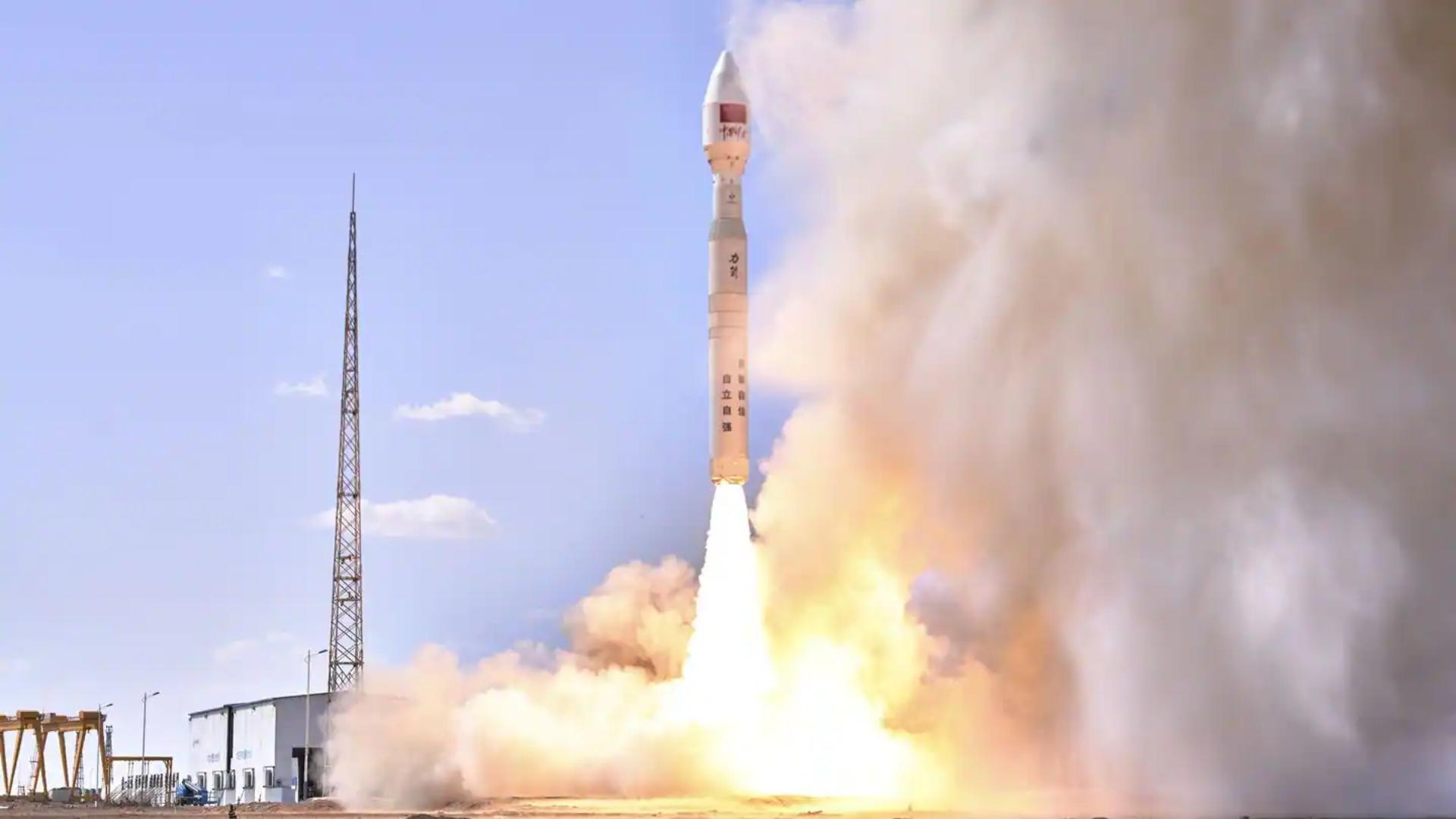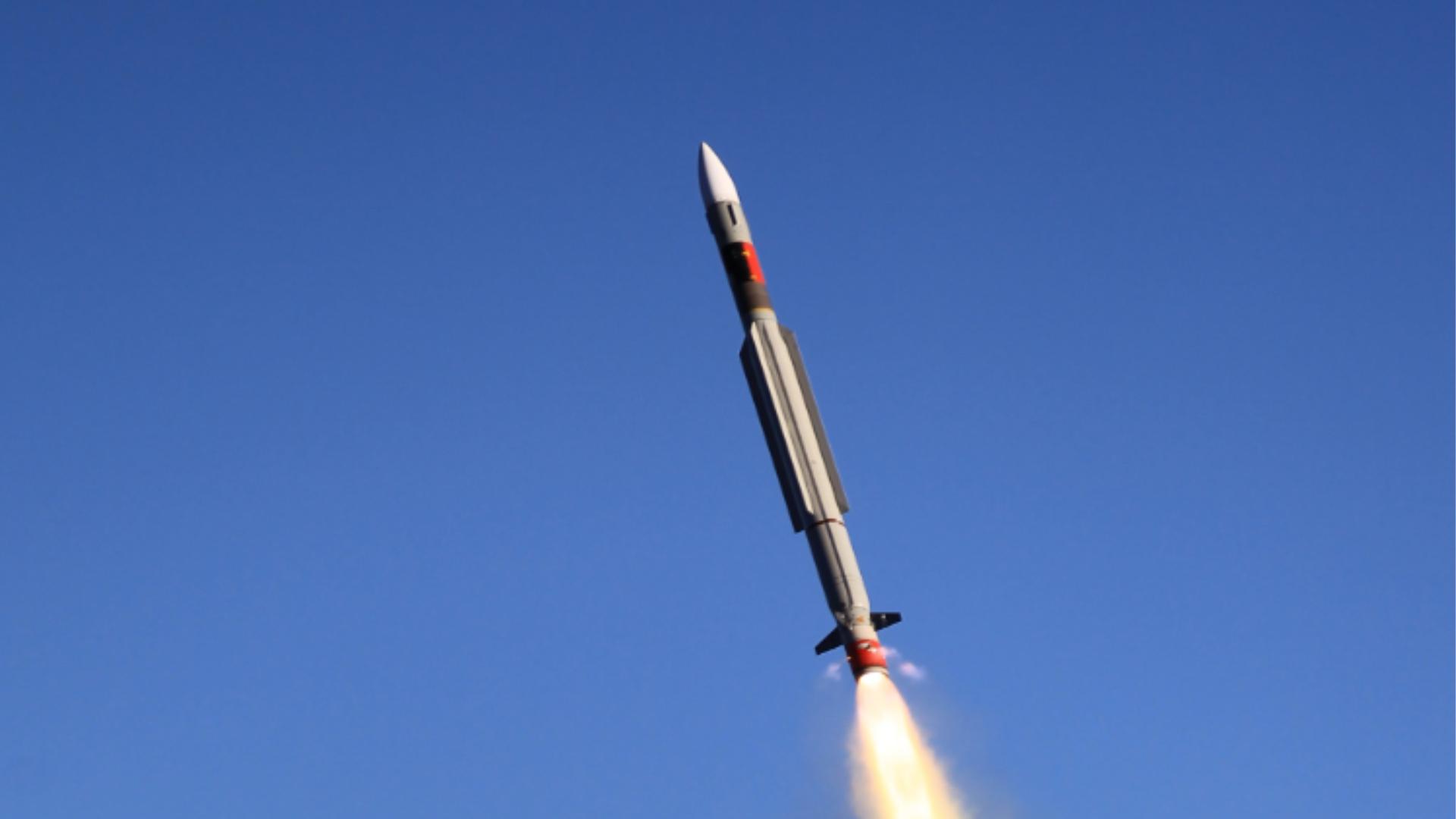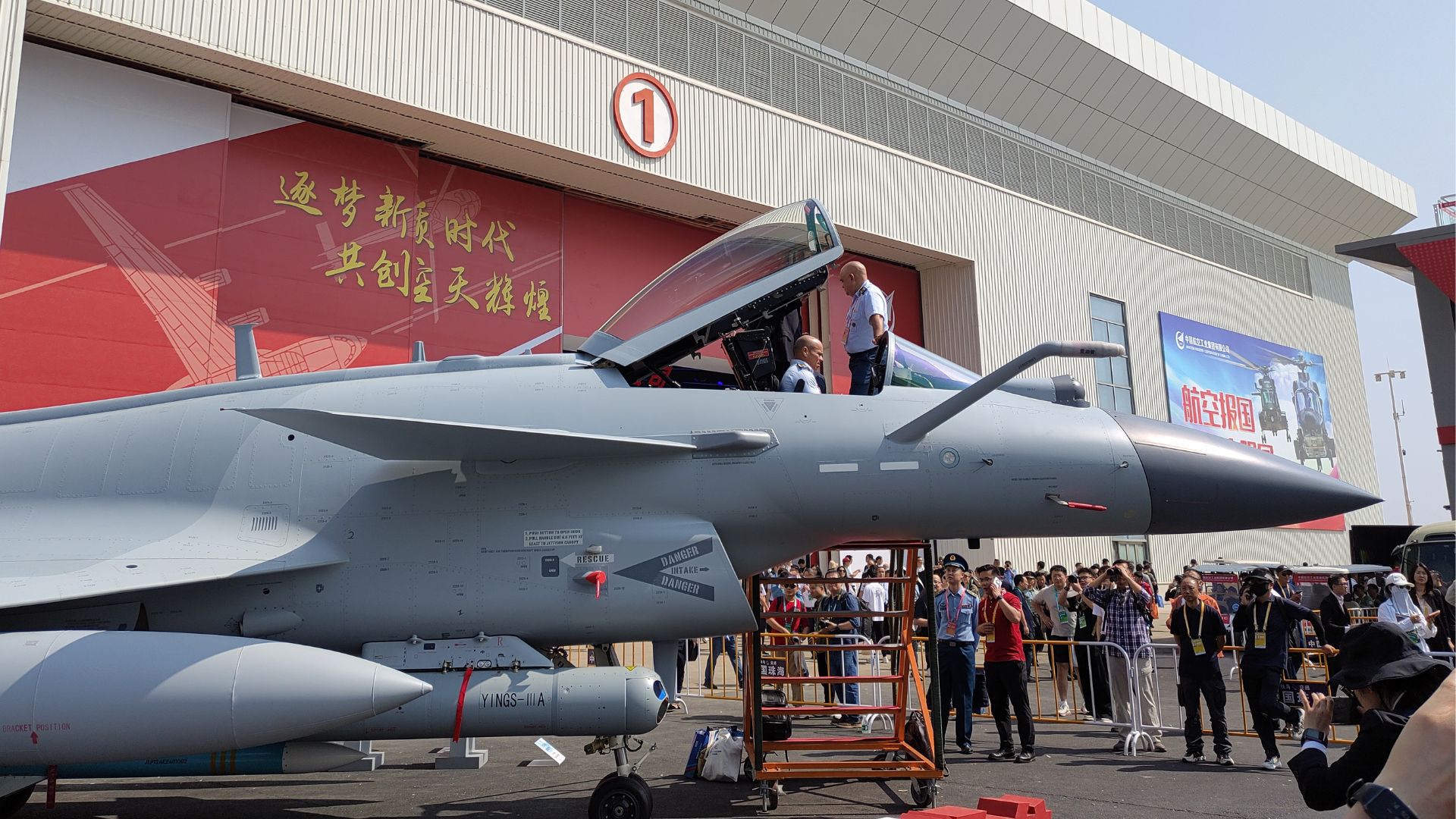Pakistan just revealed a secret swarm of new naval drones. A deep dive into the kamikaze & stealth tech that could be a naval game-changer.
Pakistan just created a “super general” role. But this analysis explains why the military needed a joint office, not another officer.
Why is Pakistan building new warships? It’s not just India. A $4.6B freight bill is forcing a huge merchant fleet expansion– and it all needs protection.
Pakistan’s Navy is modernizing its fleet. Here’s a first look at the new Jinnah-class, an advanced, indigenously-designed frigate built for speed.
Pakistan’s new 4.5+ gen jets have a hidden training gap. The old methods are obsolete, and the cost of failure is high. Here’s the LIFT solution.
Turkey inks a $10.67B deal for UK Typhoon jets, plus it’s buying F-16s. But what does this mean for its own next-gen KAAN fighter program?
A $100M ship just seized $972.4 million in contraband. This massive bust proves Pakistan’s new naval strategy is a game-changer. Here’s why.
Pakistan’s new HS-1 satellite completes a powerful “triad” with SAR and EO, enabling it to see through camouflage and identify decoys from space.
Pakistan’s survival in a future war won’t hinge on range, but reaction. A dense, responsive air defence network is what will keep its warfighting alive.
Bangladesh and Indonesia are signing on to buy China’s J-10 fighter, a move that could shift regional power after its ‘combat-proven’ success.

